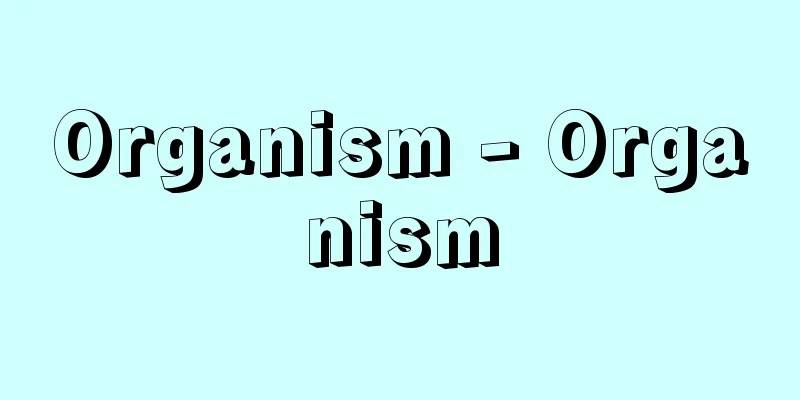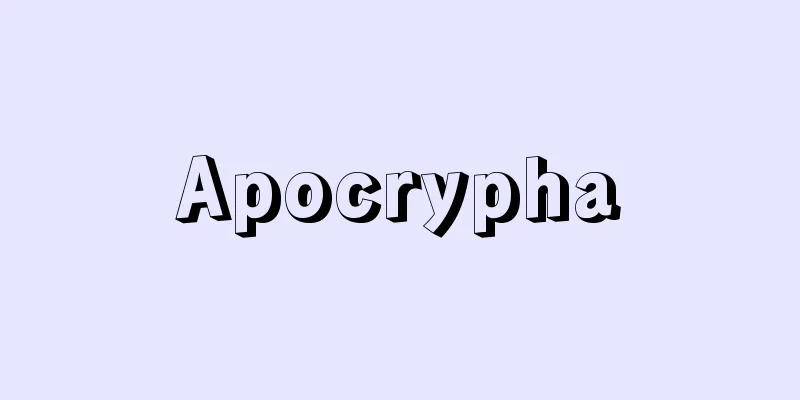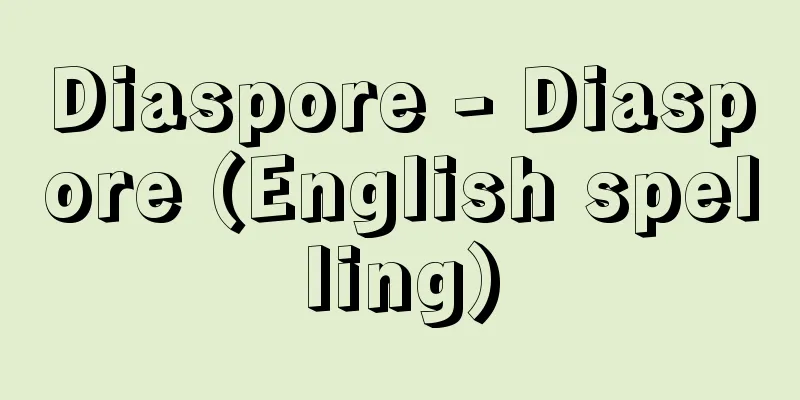Organism - Organism

|
In the development of vertebrates, this organ acts on the ectoderm to induce differentiation into the central nervous system, and differentiates into the head mesoderm, notochord, and somites, and is the center of morphogenesis in early development. It is also called the organizer. In amphibians and cyclostomes, the dorsal lip of the blastopore and the archenteron are capable of acting as organizers, while in bony fish, the posterior edge of the blastoderm and the archenteron are capable of acting as organizers, and in birds and mammals, the anterior region of the primitive streak are capable of acting as organizers. German zoologists Spemann and Hilde Mangold (1898-1924) transplanted the dorsal lip of the blastopore of an early newt gastrula embryo into the ventral part of another embryo, and observed that the transplant itself invaginated as in normal development, formed a gastrula, and differentiated into a notochord and somites, while the host ectoderm formed a neural plate and differentiated into the central nervous system and sensory organs. Thus, a secondary embryo was generated in the host's ventral area by the transplanted dorsal lip of the blastopore; Spemann called this transplant the organizer, and the action of the organizer on the ectoderm the induction. Later, it became clear that not only induction in the organizer occurs during embryogenesis, but also that there are various levels of induction in the formation of each organ, so the induction of the organizer came to be called primary induction. In birds, the British zoologist Waddington clarified the area of the organizer. A great deal of research has been done on the nature of the organizer's inductive action, and nuclear proteins and other proteins are thought to be important, but there are still many unknowns about the function of the organizer in the living body. Since the organizer is of primary importance in the early development of animal embryos, investigating its properties is one of the most important issues in modern embryology. [Sadao Yasugi] [References] | | | |© Tadaaki Ohkata "> Transplantation experiment of the dorsal lip of the blastopore (frog) Source: Shogakukan Encyclopedia Nipponica About Encyclopedia Nipponica Information | Legend |
|
脊椎(せきつい)動物の発生において、外胚葉(がいはいよう)に働きかけて中枢神経系への分化を引き起こし、自らは頭部中胚葉、脊索、体節へと分化する部分で、初期発生における形態形成の中心となる。オルガナイザーともいう。両生類と円口類では原口背唇部と原腸蓋(がい)、硬骨魚類では胚盤葉後縁および原腸蓋、鳥類と哺乳(ほにゅう)類では原条前方域が形成体としての能力をもつ。ドイツの動物学者シュペーマンとマンゴールドHilde Mangold(1898―1924)は、イモリの初期原腸胚の原口背唇部をほかの胚の腹方に移植し、移植体自身は正常発生同様に陥入して原腸を形成し、脊索と体節に分化すること、宿主の外胚葉は神経板を形成して中枢神経系と感覚器官に分化することを観察した。こうして宿主の腹方には移植された原口背唇によって二次胚が生じたわけで、シュペーマンはこの移植体を形成体、形成体の外胚葉に対する作用を誘導とよんだ。のちには、胚発生においては形成体における誘導のみならず、各器官の形成においても種々のレベルの誘導現象が存在することが明らかになったため、形成体の誘導はとくに第一次誘導とよばれるようになった。鳥類についてはイギリスの動物学者ウォディントンが形成体の部域を明らかにした。形成体の誘導作用の本質については膨大な研究がなされ、核タンパク質やタンパク質が重要であると考えられているが、生体内での形成体の働きについては不明の部分が多い。形成体は動物胚の初期発生において第一義的な重要性をもつので、その性質の究明は現代発生学の最重要課題の一つである。 [八杉貞雄] [参照項目] | | | |©大片忠明"> 原口背唇部の移植実験(カエル) 出典 小学館 日本大百科全書(ニッポニカ)日本大百科全書(ニッポニカ)について 情報 | 凡例 |
<<: Jing-shi zhi-yong (English: Jing-shi zhi-yong)
>>: Formation lawsuit - Keisei Sosho
Recommend
Jeju - last week
It is the largest city on Jeju Island, located in...
industrial union
A trade union is a group of workers that is organ...
Monochamus alternatus - Pine spotted longhorn beetle
It is an insect belonging to the family Cerambyci...
mosan
…Mosan is an adjective derived from the Meuse Riv...
Carex dolichostachya (English spelling)
…[Tetsuo Koyama]. … *Some of the terminology that...
Marijuana
Cannabis , a dioecious annual herb, has long been...
Early Modern Society
The word "modern times" has different me...
Du Ru-hui; Tu Ju-hui
[Born] Kaioh 5 (585) [Died] March 19, 630. A famou...
Kawaramakimono - Kawaramakimono
This is a general term for the historiographies ha...
Formic acid (formic acid)
It is the simplest carboxylic acid, and is so name...
Civil Aviation Deregulation Act - minkankou kiseikanwaho
A US law that came into force on October 25, 1978,...
Beaverbrook - 1st Baron Beaverbrook
British journalist and politician. His real name ...
Mattheson - Mattheson (English spelling) Johann Mattheson
German composer, organist, music theorist, and di...
Magistrate of the Imperial Mausoleum - Sanryobugyō
〘Noun〙 One of the titles of the Edo Shogunate. In ...
Heterocera
… Most moths are nocturnal, so many of them have ...









